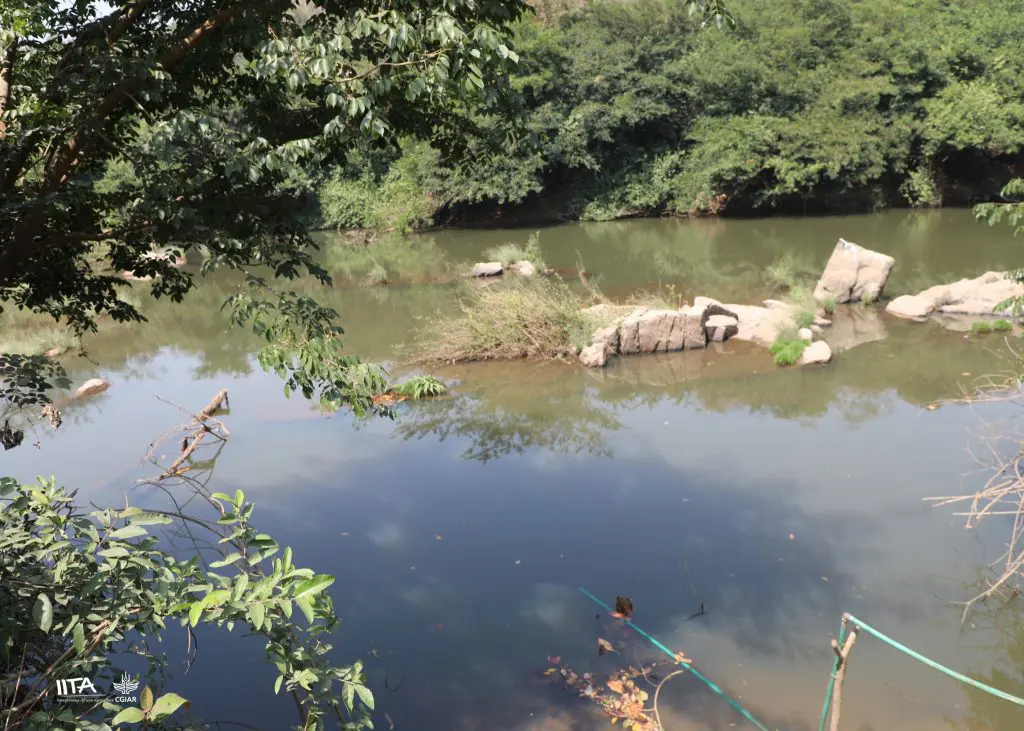
Wetlands make up about 6% of the earth’s surface, but accommodate about 40% of all species of plants and animals. Mangroves, marshes, peatlands, rice fields, coral reefs, lakes, lagoons, deltas, floodplains, and rivers make up the earth’s wetlands. They remain among the most biologically diverse portions of the ecosystems, supporting a wide range of plant and animal species in a combination of land and water space, which usually characterizes wetlands. The world’s most expansive wetlands include the Amazon River basin, the Pantanal in South America, and the West Siberian Plain.
Over the last 100 years, 50% of the world’s wetlands have disappeared due to increased housing needs from the rise of urbanization, water pollution, species invasion, water filling, and overfishing. UN reports that we are losing wetlands three times faster than we are losing forests. Ironically, wetlands store more carbon than forests. Peatlands store about 30% of all land-based carbon. Mangroves store carbon about 55 times faster than tropical rainforests.
